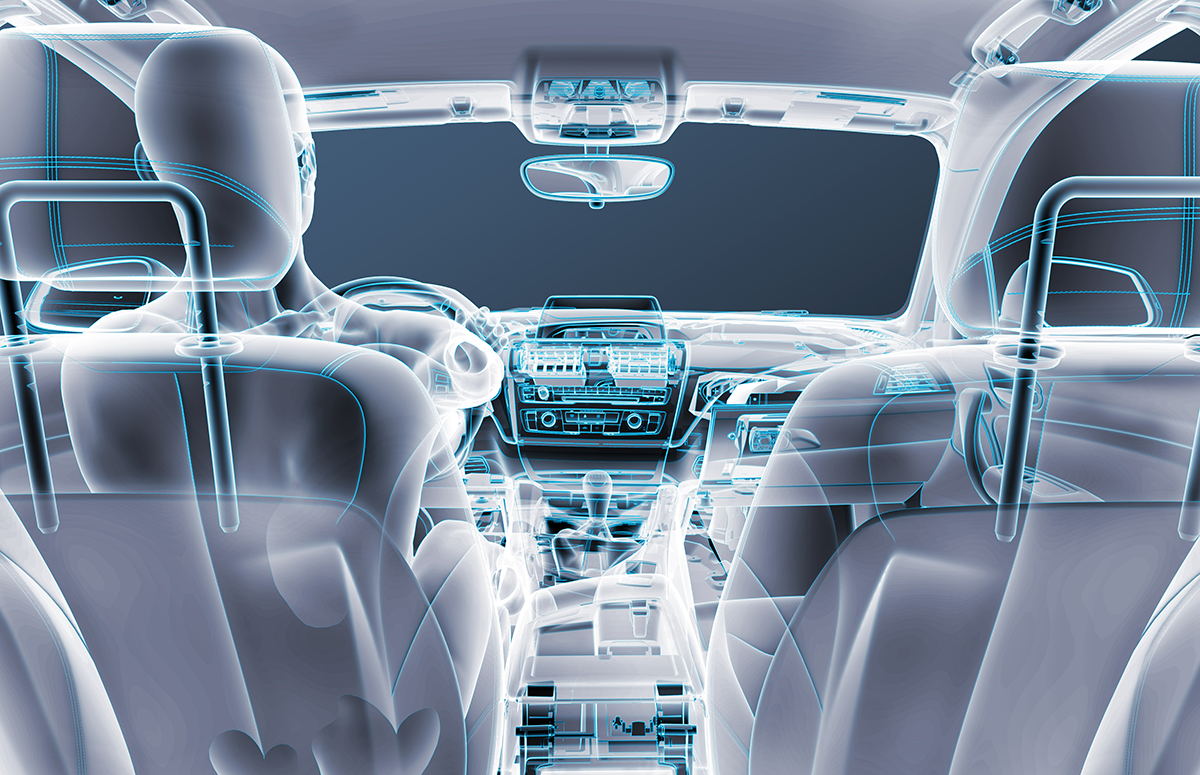Yansong Chen, senior vice president of strategy and technology at Ricardo, an environmental, engineering and strategic consulting firm, says advanced technologies are fundamentally changing the way the industry views its value proposition. “They are also changing how the industry views its role in interacting with the customer.”

The rise of electric vehicles (EVs) clearly shows how much the auto industry has changed over the past decade. Global Sales of Passenger EVs Exceeds 10 million for the first time in 2022. one in sevenPassenger cars purchased globally in 2022 were an EV, compared to only one in every 70 cars sold in 2017.
As EV adoption continues to rise, technology and software advancements have become increasingly important to digitally engage customers and enhance their experience. Chen says, “Our ability to access data and apply it to design processes in real time is how we will transform the industry, reducing costs and carbon output, personalizing the driving experience and creating new value for customers. ”
However, constant advances in software require a deeper understanding of how the technology can be applied to the auto industry. Traditional manufacturers, in particular, need to balance legacy operations with new equipment and designs. According to Luc Julia, chief scientific officer at French automaker Renault, “advanced technology and AI are helping to make cars more intelligent, but they are also changing the fundamental nature of the car, both internally and externally.”
Therefore, it is necessary to bridge the gap between the auto industry and the technology providers. For example, Ricardo has partnered Digital Twin Consortium, which allows it to collaborate with technology organizations such as Ansys, Dell, Lendlease, and Microsoft. The open-membership association is an international ecosystem of industry, government and academic experts shaping digital twin development.
rise of the digital twin
In recent years, digital twin technology has become an indispensable tool in auto production, changing the way vehicles are built. Renault, for example, has modeled its physical assets in digital twins, and each factory has a replica in the virtual world. It’s part of the automaker’s effort to accelerate the digitization of its production lines and supply chain data across the enterprise. “By optimizing data, we are able to more effectively use AI on the factory floor and increase the efficiency of our operations,” says Julia.
Renault’s factories are fed with supplier data, sales forecasts and quality information powered by artificial intelligence (AI) and machine learning – enabling the development of multiple predictive scenarios. For example, predictive maintenance for robots can anticipate and address potential breakdowns in the operational chain before they occur, at each part of the assembly line.
In addition, Renault refectory The initiative, which is organized around four key activity centres—Re-Throfit, Re-Energy, Re-Cycle and Re-Start—uses digital twins to reduce its carbon footprint. ,It is not just a question of electric cars, but also how the batteries are obtained and how the cars and materials are recycled, ”says Julia.




